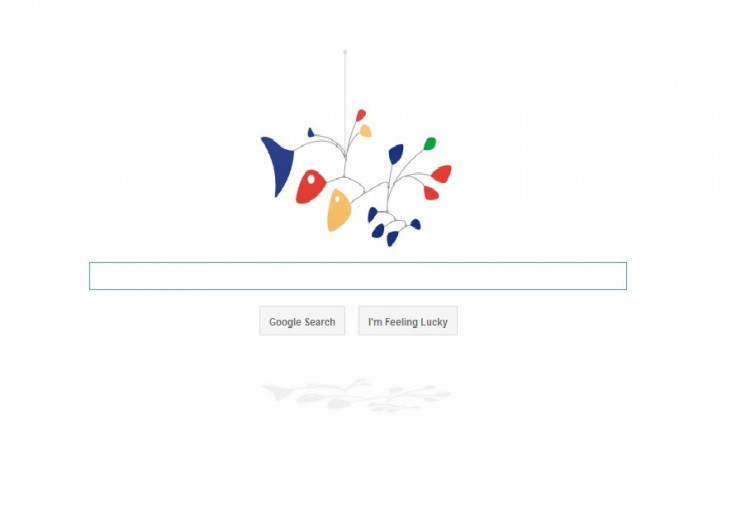Google Doodle is a Big Day for HTML5

Today's Google.com doodle is not only a celebration of artist Alexander Calder but of HTML5 as well.
In a blog post, Google software engineer Jered Wierzbicki said the Doodle celebrates the birthday of Calder, an artist who is known for inventing the mobile (not phone - the thing that usually hangs over a crib). He said using HTML5 for the celebration of Calder was appropriate since the artist the HTML5 code allowed the developers to set up shapes and abstractions and let them act on their own. This is what Calder as an artist did.
This is Google's first doodle made entirely using HTML5 canvas, so you need to use a modern browser to interact with it. It runs a physics simulation on the mobile's geometry, and then does realtime 3D rendering with vector graphics. Only recently have browsers advanced to the point where this is possible, Wierzbicki said.
The Google Doodle is yet another milestone for the fifth revision of the HTML language, which has gained momentum in the developer community with more browsers adapting it. This past year, Microsoft went out of its way to talk about its HTML5 capabilities for IE9. Although, some test drives have disputed Microsoft's notion and said it doesn't have as much HTML5 support as Mozilla Firefox. Google's Chrome has also touted its HTML5 support.
According to ABI research, HTML5 will soon find its way onto most mobile browsers. By 2016, the firm says 2.1 billion mobile devices will have HTML5 browsers, up from just 109 million in 2010.
We expect HTML5 features in categories such as graphics, multimedia, user interactions, data storage, and others to be widely adopted sooner rather than later. A significant number of HTML5 features will be adopted in the mass market in the next three to five years, Mark Beccue, senior analyst, said. HTML5 adoption is going to accelerate because it will be a key differentiator in the smartphone OS war. I believe that Apple will be the key driver of HTML5 and consequently a primary benefactor as well.
Follow Gabriel Perna on Twitter at @GabrielSPerna
© Copyright IBTimes 2024. All rights reserved.





















